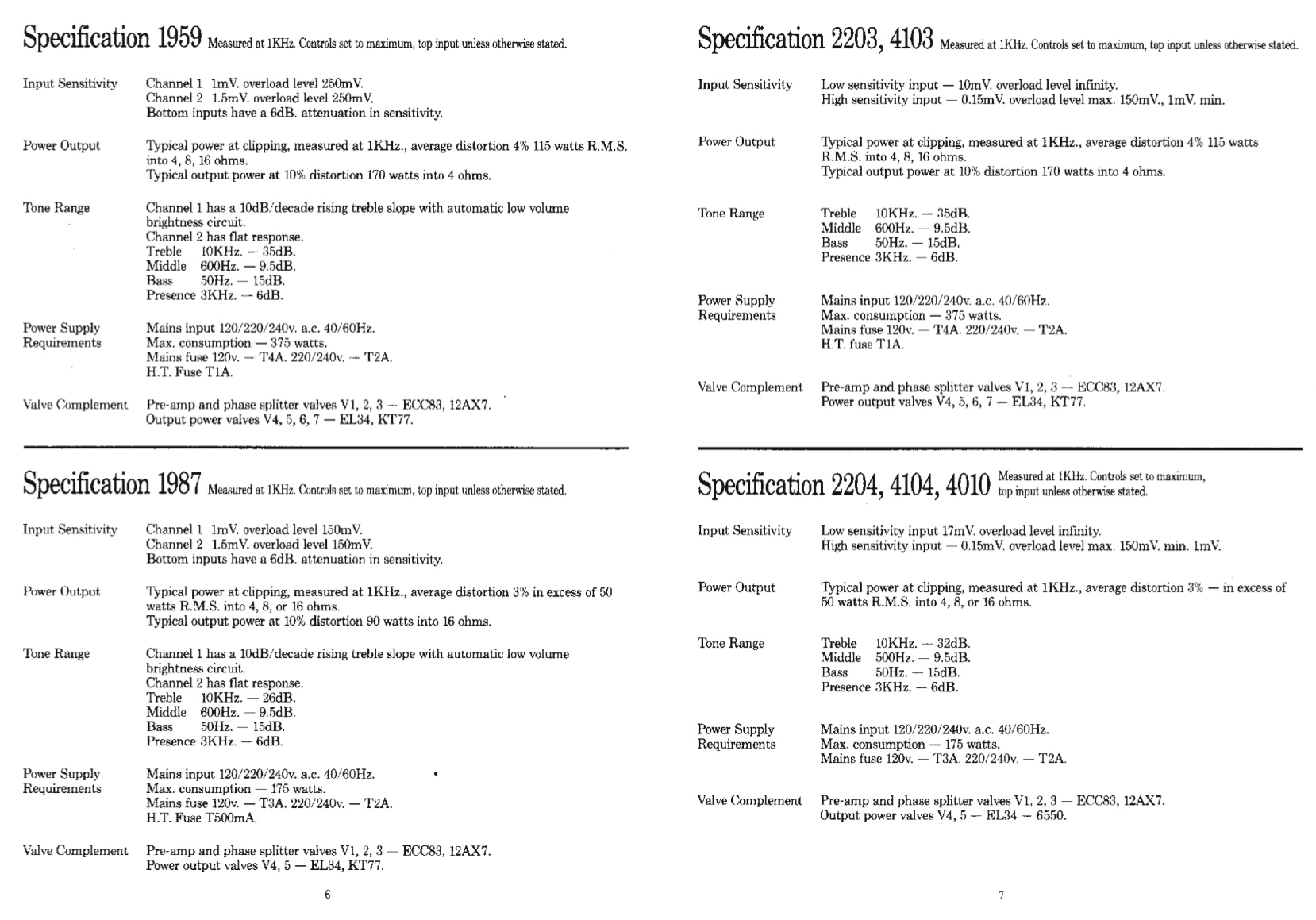O-scopes are the way it's measures, not with a DB meter (wasted my money on one of those thinking the same way, thank you).
Example, my old Gibson GA-8 Gibsonette from 1958 is a dual 6V6 single ended Class A amp, rated at 9w. When my old amp builder got it on the scope, it's clean tone ended at 3 on the volume, and it read 10.2w. So it's already putting out 113% of it's rating...clean. At 7 on the volume knob, it put out 18/19w with a singing distortion similar to Cream/Zep tones. It went into Neil Young mode after that with a lot of sag all the way up to 10, but basically unusable live, IMO past 7.
Ok, now get your Plexi 50 or 100w Marshall measured. My 1987 clone built to 69 specs puts out 55/60w clean around 4 on the volume knob, and 96w at 7. Yeah, it gets louder past that a little, but mostly more gain/saturation. Your basic Plexi nearly doubles from the clean rated power, which is shown in that JCM 800 power rating chart.
Speakers don't make more watts, but they do convert the wattage to more SPL and DB pressure, perceived as being louder. But since DB meters aren't calibrated to speakers, or amps, I don't see how you could use it without calibrating your DB meter to a known amp/speaker combo verified with other gear, and then run again to see what your gear measures it as.
So, variables are involved, that's why clean tones, 8 ohms, O-Scope, 1w at 3 feet (1 meter distance ) to the speaker from the mic, DB meters and all that have to be aligned to get an accurate reading.
The guy I used to have build my amps had some other amp maker named Dumble come to his shop to test stuff out when Santana or someone famous sent in their amps for service. Since Dumble trusted him...I kinda figured I could.
Anyway, the DB meter by itself will just show what the DB reading is, but you really don't know what amount of power you've sent the speakers without the rest of it.
Ok, probably reached the limit of my limited knowledge (or how much I care) on O-Scopes, testing, DB meters, etc since it's Labor Day Weekend and I'm still working. I hope this answered enough of your questions...if not...well, you need someone else to go further down this rabbit hole! LOL
I'm out.

